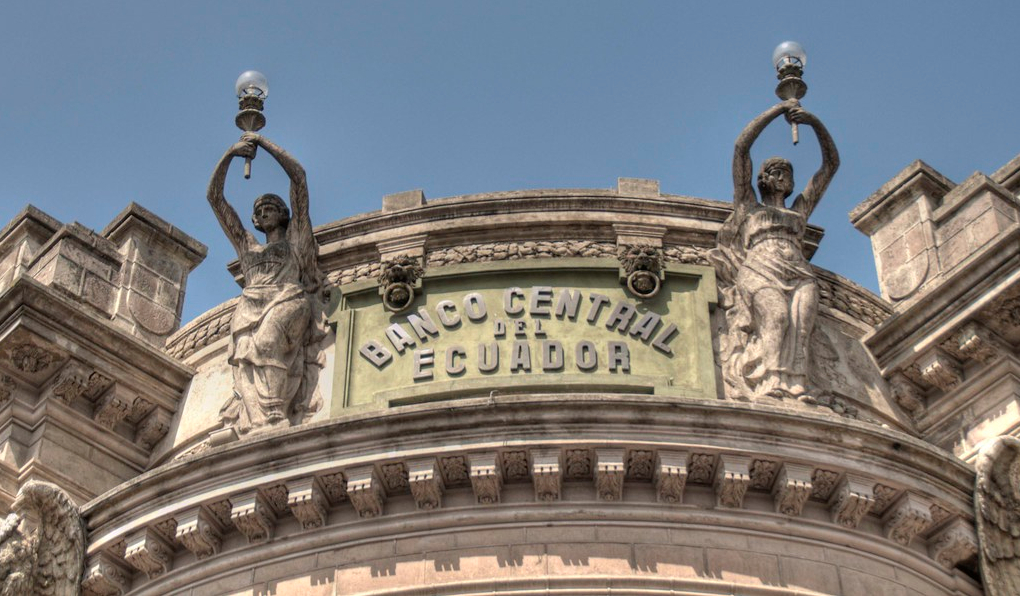On 9 January 2000 the Ecuadorian government of that time announced the adoption of the US dollar as legal tender, following a deep economic, financial and social crises. Between 1998 and 2000 nominal GDP fell by 35 % and per capita GDP by 33 %. The sucre was devalued by 359.7 % as a result of the policies adopted. Poverty increased from 56% in 1995 to 69% in 2001; unemployment rose from 8% to 17%. Real wages fell by some 40 per cent. The decision was unilateral, desperate and lacking a process of political and economic coordination.
at the beginning of the 21st century, several economists raised the possibility that more countries in Latin America would dollarized to alleviate the exchange rate instability of the 1980s and 1990s
Although, at the beginning of the 21st century, several economists raised the possibility that more countries in Latin America would dollarized to alleviate the exchange rate instability of the 1980s and 1990s, after dollarization in El Salvador in 2001 no other Latin American country embraced this system. The fact is that dollarization, like any other exchange rate regime, has both benefits and costs.
On the one hand, a dollarization scheme facilitates: macroeconomic stability and international credibility, reduced information costs, relative price stability, elimination of exchange rate risk, reduced country risk and interest rates, and increased trade with the United States.
On the other hand, a dollarization system also implies: the loss of monetary emission and exchange rate policy, the renunciation of seigniorage income, a deterioration in sovereignty, the absence of a lender of last resort and the absence of a source of fiscal financing.
the main macroeconomic aggregates have evolved favorably in the post-dollarization period.
In the case of Ecuador, the main macroeconomic aggregates have evolved favorably in the post-dollarization period. Inflation has been in the low single-digit range, unemployment has been moderate, sovereign risk has been lower compared to the era of monetary autonomy, and investment has grown at a faster rate.
However, other indicators have not performed as expected. Foreign direct investment has been minimal. The change in the productive matrix has not been able to be consolidated. The economy reflects a greater dependence on oil compared to the pre-dollarization period. Furthermore, and more importantly, external imbalances (such as the appreciation of the dollar, the fall in oil prices or the current COVID-19 pandemic) magnify the vulnerability of the Ecuadorian economy to the inability to use monetary policy tools.
The relevant point is that, although dollarization provides an anchor for inflation, it does not guarantee that structural and institutional problems will be solved.
far from a discussion with solid technical arguments, de-dollarization has been used as a banner for political disqualification
At the beginning of 2021, Ecuador will elect a new government. In this context, the possibility of de-dollarizing the economy is once again on the agenda. However, far from a discussion with solid technical arguments, de-dollarization has been used as a banner for political disqualification by generating concern among the population.
The majority of citizens are against a system with its own currency, as several surveys show that, in general, Ecuadorians are in favor of dollarization. But this perception, whether wrong or not, is largely influenced by past episodes, in particular by the erratic handling of monetary policy at the end of the 20th century.
But is de-dollarizing the Ecuadorian economy a real possibility? Despite the fact that dollarization in Ecuador presents weaknesses in its construction and operation, in the short term the most appropriate decision would be to maintain it. Although it is necessary to specify that the ideal scenario for economic management is to have monetary autonomy and the possibility of making adjustments to the exchange rate, the implementation of this system has coincided with a prolonged period of macroeconomic stability, despite several adverse events that have occurred over the course of these two decades.
Nevertheless, in order to maintain dollarization, it is essential that certain conditions be established in the medium term that will allow this regime to be strengthened. These are: to promote the development of more sustainable productive sectors, while reducing oil dependence; to establish legal mechanisms to avoid irresponsible management of fiscal resources and to prevent the expansion of public debt; to seek a passive role for the Central Bank in the management of monetary policy; to increase the presence of international financial institutions to avoid unexpected events of illiquidity; and to promote a greater degree of flexibility in the labor market.
it is necessary for Ecuador to establish monetary alternatives for the long term.
Finally, it is necessary for Ecuador to establish monetary alternatives for the long term. History has shown that even rigid exchange rate regimes can be broken. Therefore, it is possible that in the future a monetary option will be the adoption of a regional currency versus a hypothetical exit from dollarization, even more convenient to the option of returning to a domestic currency scheme.
However, a project of such magnitude should be structured with the strictest technical criteria and taking as reference the process of monetary integration of the Eurozone and the Latin American reality.
*Translation from Spanish by Emmanuel Guerisoli
Photo by Cocoabiscuit in Foter.com / CC BY-NC-ND













